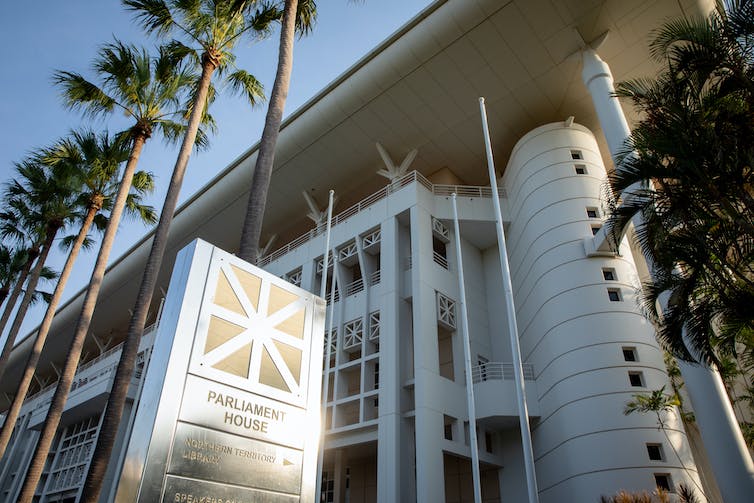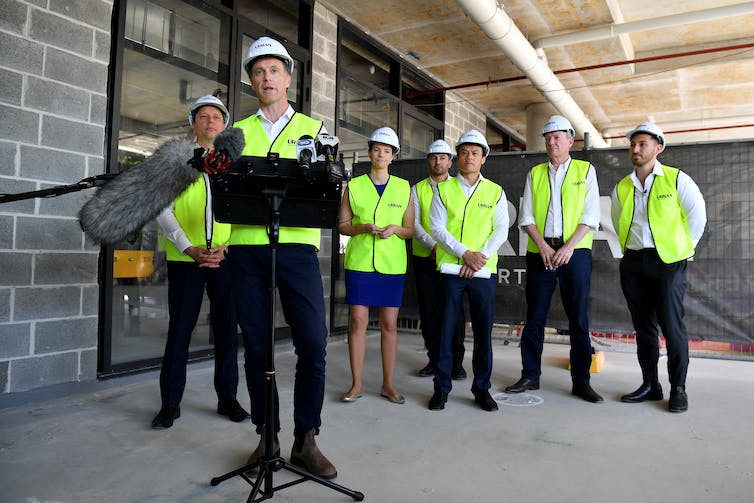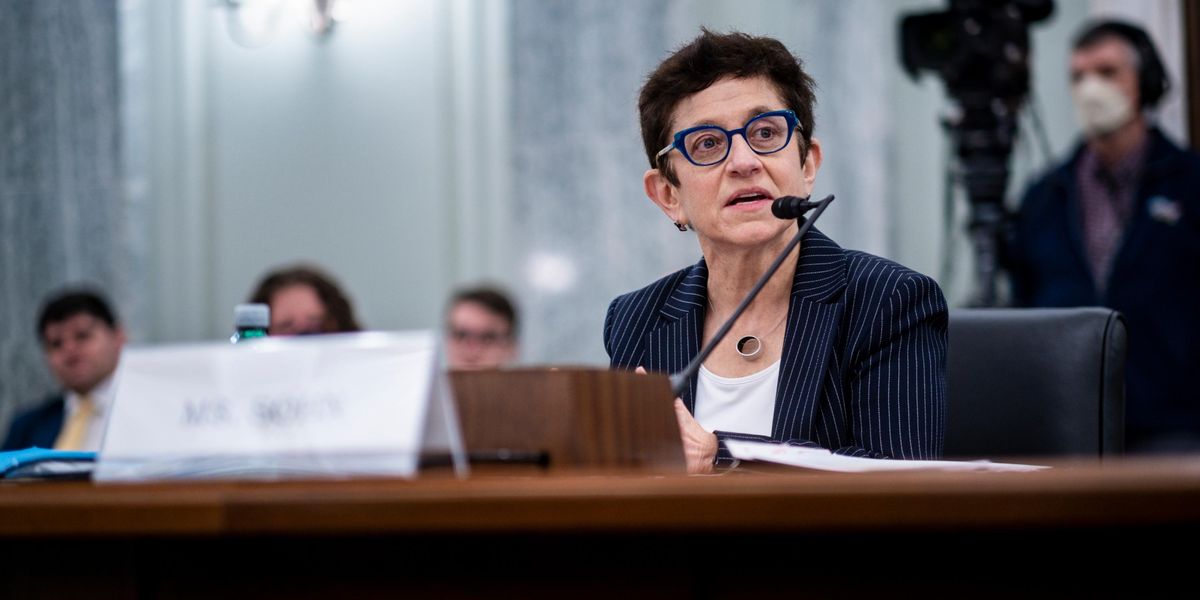The relationships between tenants and landlords are often fraught, but it’s fair to expect a house to meet basic standards, like having a back door.
That wasn’t the case for an Aboriginal woman in a remote community, who was part of a successful class action to sue the landlord for failing to provide a habitable house.
Last week, the High Court ruled residents of the community of Santa Teresa (Ltyentye Apurte) could be compensated for the “distress and disappointment” caused by the poor state of their government-managed houses.
So how can such housing be better managed? And what needs to be done to ensure houses in remote communities do not just meet the legal standard, but exceed it?
No back door for 5 years: remote community’s High Court win is good news for renters everywhere
Big result, but ongoing problems
Seventy public housing residents in Santa Teresa commenced the legal action against their landlord, the NT government, in 2016.
By the time the High Court decision was handed down in 2023, both lead applicants had died. Just as remote housing tenants must wait prolonged periods for repairs, the lengthy delay for housing justice outlasted them.
Elsewhere in the NT, residents of Laramba have also been pursuing compensation for the landlord’s failure to undertake housing repairs, and arguing for a right to safe drinking water in their homes.
In October this year, the NT Supreme Court found the landlord, the NT government, is responsible for ensuring safe drinking water at those premises.
The Santa Teresa High Court decision is potentially significant for tenants across the country.
However, a right to seek compensation for distress and disappointment is not a silver bullet for housing justice.
The challenge is to maintain housing and essential services at such standards that render these types of lawsuits unnecessary.
When your landlord is the government
The NT government has not always been responsible for remote community housing.
Most remote communities are located on Aboriginal land owned under the Aboriginal Land Rights (Northern Territory) Act 1976.
Through the NT Intervention, the Commonwealth government compulsorily acquired five-year leases over entire communities.
A policy of “secure tenure” made subsequent housing and infrastructure investment contingent on long-term remote community leases to governments.
Indigenous Community Housing Organisations were effectively dismantled, and the introduction of “mainstream” tenancy arrangements under a public housing system followed.
One of the unanticipated consequences of this change was the ability of tenants to use the Residential Tenancies Act as a “tool of empowerment”.
Residents could now push back against entrenched low expectations for the timeliness and quality of remote housing repairs.
Think private renting is hard? First Nations people can be excluded from the start
Current programs falling short
In response to the cases at Santa Teresa and Laramba, the NT government has sought to reform its remote housing maintenance program.
In 2021, the NT government introduced its Healthy Homes program. It aims to prioritise cyclical and preventive maintenance to improve the quality of houses as well as health outcomes for tenants.
The reforms reflect many reviews that have recommended such measures.
If implemented effectively, Healthy Homes can improve housing hardware and increase the lifespan of existing housing.
An evaluation of Healthy Homes found the average maintenance spend per house to be about $6,000 per year.
While seemingly significant, this is much less than is spent by Housing SA on housing on the Aṉangu Pitjantjatjara Yankunytjatjara Lands in northwest South Australia, where expenditure in 2021 exceeded $10,000 per house.
Esther Linder/AAP
The key mechanism that underpins the NT’s Healthy Homes is a yearly condition assessment requirement, generating maintenance work without relying on tenant reporting.
The evaluation found that from July 2021 to February 2023, only 1,315 such inspections had been undertaken across a total of 5,498 houses included in Healthy Homes.
This is equivalent to an inspection of only 23.9% of houses.
The Santa Teresa case also laid bare significant issues with the NT government’s record-keeping, which don’t appear to have been fixed.
The evaluation found:
-
NT government datasets cannot distinguish between preventive and responsive maintenance
-
reporting requirements mean maintenance data is unreliable for determining how quickly repairs were undertaken
-
a significant proportion of maintenance work is coded miscellaneous, meaning it is not possible to determine the proportion of works by trade type.
The combination of these factors makes it very hard to assess whether and how approaches to remote community maintenance might be improving.
Bringing remote housing up to scratch
So a High Court case has reaffirmed the rights of Santa Teresa tenants and the current remote housing maintenance program is inadequate. What happens to NT remote housing now?
The National Partnership for Remote Housing Northern Territory expired in July 2023.
Commonwealth funding was extended for another year. A new agreement is currently being negotiated.
To meet the needs of remote communities, this agreement must be tripartite. The peak body Aboriginal Housing NT and Northern Territory land councils require rights to determine funding allocations and policy directions, as well as the territory and federal governments.
This is necessary for the meaningful participation and empowerment of those Aboriginal organisations in key decision-making under the agreement, and to enshrine their place as equal partners in the ongoing governance of remote housing in the NT.
Aboriginal housing policies must be based on community needs — not what non-Indigenous people think they need
Federal funding of remote housing is required into the long term. A ten-year funding agreement should support all of remote communities, town camps and homelands.
Because of historical underfunding and neglect, this funding also needs to increase and the Commonwealth Government must remain on the hook.
The Santa Teresa case has shown the ongoing legacy of underinvestment and neglect.
Aboriginal residents of remote communities and their representative organisations must be supported to play a central role in determining the future of the places they call home.




